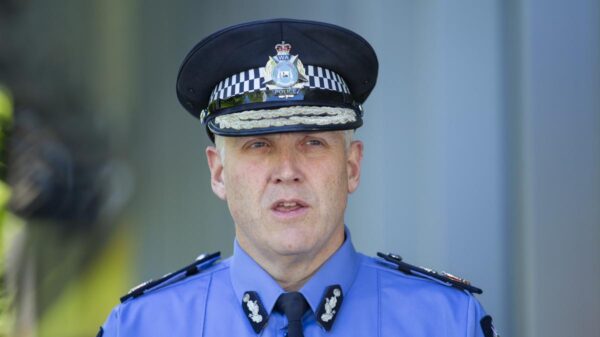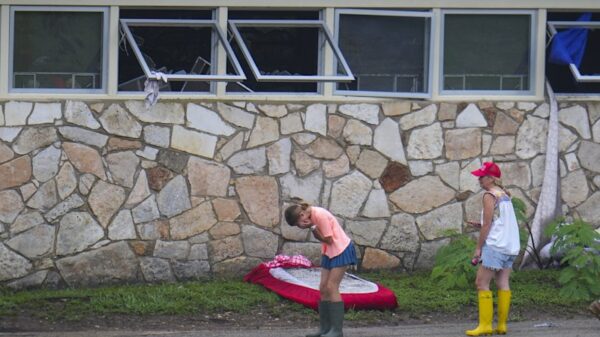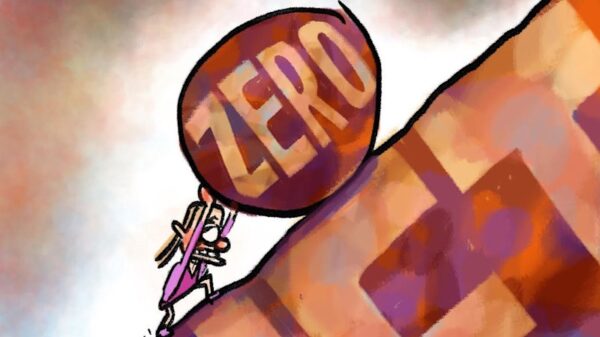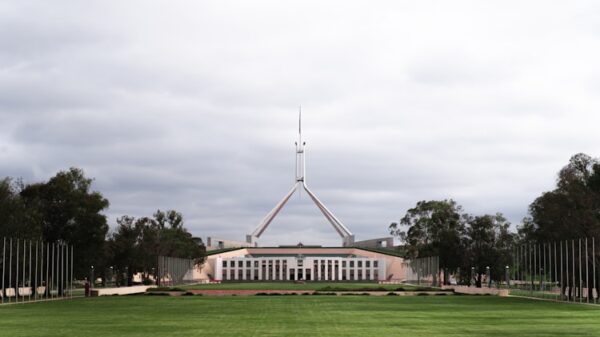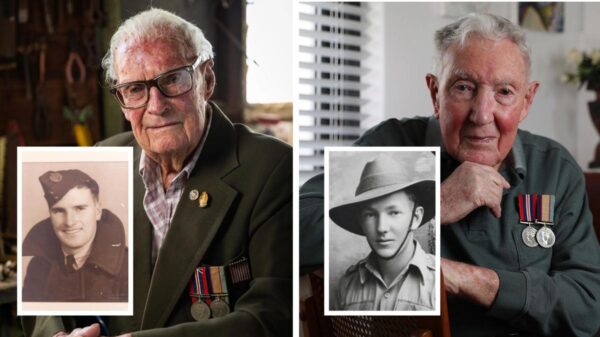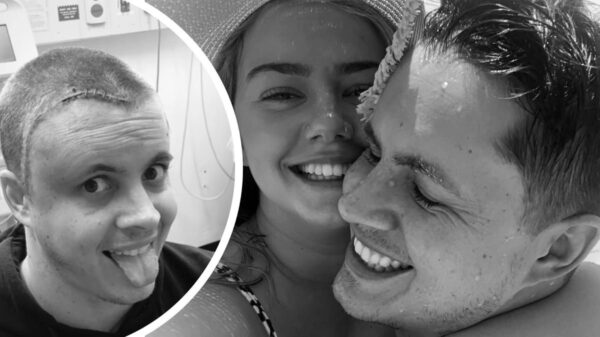A recent study has uncovered significant links between feelings of shame and hairpulling behaviors in adolescents. The research, published in JCPP Advances, indicates that shame not only contributes to the relationship between hairpulling, also known as trichotillomania, and depression but also fully explains its connection to anxiety.
The study involved 128 adolescents aged between 13 and 18 years who reported engaging in hairpulling. Participants completed an online survey assessing the severity of their hairpulling behaviors alongside symptoms of depression and anxiety. This research addresses a critical gap in existing literature, which has predominantly focused on adult populations, leaving young individuals largely unstudied.
Researchers from the National Institute for Health and Care Research (NIHR) Oxford Health Biomedical Research Centre and NIHR Applied Research Collaboration Oxford and Thames Valley found that adolescents with hairpulling disorder exhibited elevated levels of shame, anxiety, and depression. Specifically, shame was shown to significantly predict symptoms such as low mood, feelings of loneliness, and heightened anxiety.
Professor Clare Mackay, a co-author of the study, emphasized the profound impact of shame on individuals with body-focused repetitive behaviors (BFRBs). She noted her own experiences with BFRBs and organized the inaugural Oxford BFRB conference last year. “Many of us with BFRBs know that shame plays a huge role, so it is no surprise that it shows up strongly in this group,” she stated. “What is important is that we have demonstrated that shame is already prevalent in young people aged 13-18, and that it strongly relates to depression and anxiety.”
The study also revealed fascinating insights regarding the experience of hairpulling. A notable 88% of participants reported entering a trance-like state during hairpulling, while 64% indicated they often or always engage in this behavior without realizing it. Professor Mackay remarked on the importance of these findings, stating, “We’ve also demonstrated that the trance-like state is experienced by nearly all of our young people. This is important because interventions need to consider how to help during times when there is little, or no, conscious control.”
Co-author Associate Professor Polly Waite from the Department of Experimental Psychology highlighted the role of negative self-evaluation in perpetuating hairpulling and its co-occurring symptoms. She suggested that therapeutic interventions aimed at reducing shame and improving acceptance of distressing feelings could be key in addressing adolescent hairpulling.
Stigma surrounding BFRBs is a significant driver of shame, making awareness-raising efforts critical. Professor Mackay has actively discussed this issue, recently appearing on Oxford Sparks and the American Psychological Association’s podcast ‘Psychology Speaks’.
This study sheds light on the intricate relationships between shame, hairpulling, and mental health in young people, providing a foundation for future research and potential therapeutic strategies aimed at this vulnerable demographic.




